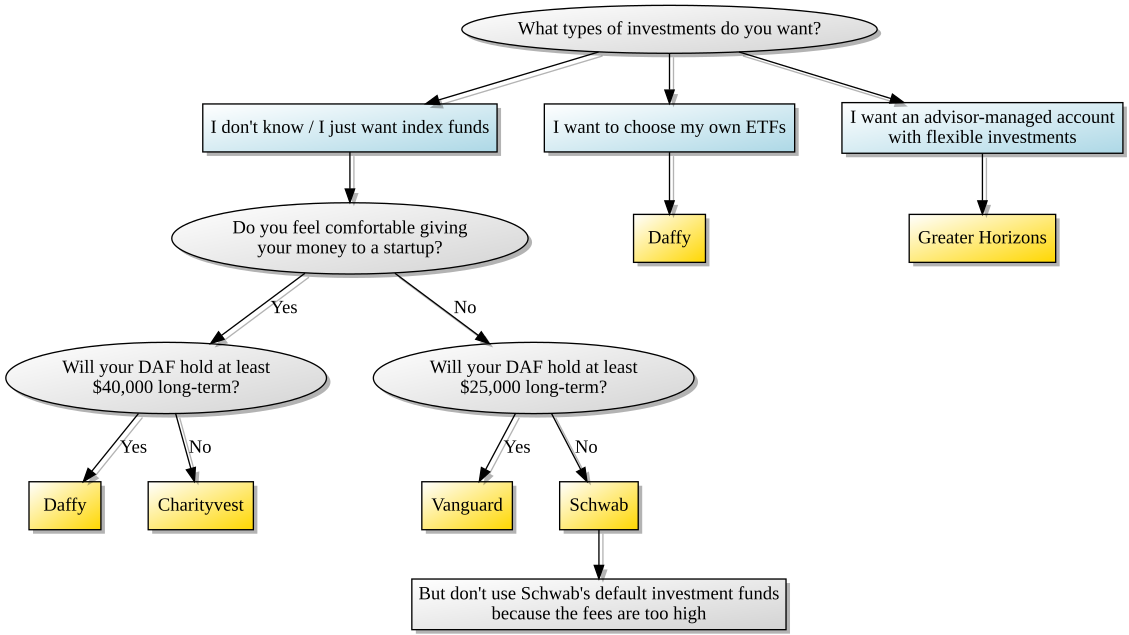Updates Digest: Inaugural Edition
On many occasions, I edit old posts to make additions, correct mistakes, etc. But there’s no way to know about updates unless you go digging through the archives. So I’m going to start publishing regular (perhaps quarterly) digests of the significant updates I’ve made to old posts.
Contents
Preamble: The philosophy of updates digests
If you write articles online, should you format your website like a blog, where there’s a feed of articles listed from newest to oldest? Or is it better to write evergreen articles that you update regularly?
Most online writers use a blog-style format. A few people, like Gwern and Brian Tomasik, use the evergreen style (for lack of a better name). Gwern has written about the downsides of blogs: “They are meant to be read by a few people on a weekday in 2004 and never again, and are quickly abandoned.”
The evergreen style is a good experience for new readers—they can see all your writings in one place, and pick what they want to read first. But it’s a worse experience for regular readers because it’s harder for them to keep track of updates.
My website is formatted like a blog. This mostly fits with how I think about things—my brain operates in blog-post-sized chunks. But it’s not unusual for me to go back and edit posts. My Comparison of Donor-Advised Fund Providers has changed many times since I first published it in 2021, as you can see from its changelog. But people who subscribe to my website don’t know about the updates unless they happen to go back and re-read the post.
I don’t think it makes sense to send out a notification every time I update an old post. So as a compromise, I will post batch updates where I list all the significant changes I’ve made.
If you have opinions about how you like to read online content, I would be interested in hearing from you. Do you like blog-style or evergreen-style? Do you like updates digests, or would you rather only get notified for new posts? Leave a comment if you have thoughts.
Updates
For this inaugural updates digest, I will give an overview of all the updates I’ve made in 2025.
The True Cost of Leveraged ETFs (updated Jan 2025)
In January, I re-calculated the data from my 2021 post on leveraged ETFs:
- I fixed a software bug that made leveraged ETFs look a little more expensive than they really were.
- I updated the calculations to include data from the 2021–2024 period.
- I added two new leveraged ETFs (SSO and TQQQ) to my analysis.
These changes reduced the estimated excess cost of leveraged ETFs from ~2% to ~1.5%. I wrote a new section in the post explaining what changed.
The 7 Best High-Protein Breakfast Cereals (updated Mar 2025)
I bought a different flavor of Catalina Crunch that I liked much better than the first flavor I’d tried, so I bumped it up from #4 to #3 on my list.
Outlive: A Critical Review (updated May 2025)
As a follow-up to I was probably wrong about HIIT and VO2max, I added three new sections to my Outlive review to evaluate some claims about exercise:
- VO2max is the best predictor of longevity (verdict: VO2max is a good predictor, but direct performance measures (like your best mile time) are better.)
- You should train VO2max by doing HIIT at the maximum sustainable pace. (verdict: false. HIIT should be hard, but not maximally hard.)
- You should do >3 hours/week of zone 2 training and one or two sessions/week of HIIT. (verdict: this routine is good, but not uniquely good.)
Do Investors Put Too Much Stock in the US? (updated May 2025)
My 2017 post gave some arguments for overweighting US stocks and why I think most of them are wrong. But I missed one good argument: expropriation risk. From the evidence I found, this risk looks negligible for developed countries but significant for emerging markets.
A Comparison of Donor-Advised Fund Providers (updated Feb & May 2025)
In February, I updated my review because Charityvest raised its fees.
In May, I made another update to describe Daffy’s new feature where it lets you choose your own ETFs from a long list. I also changed my recommendation flowchart (near the top of the post) to emphasize Daffy and de-emphasize Charityvest as a result of Daffy’s new feature + Charityvest’s increased fees.
